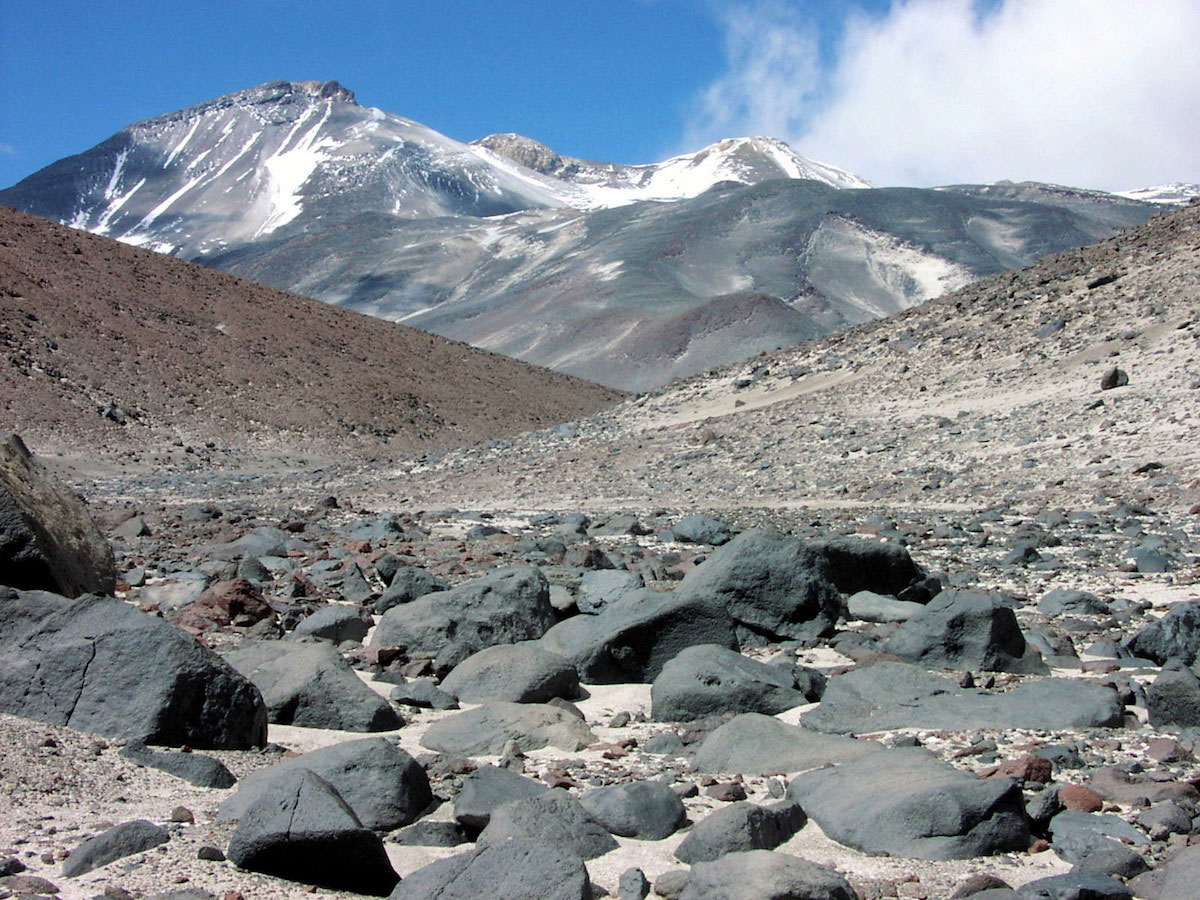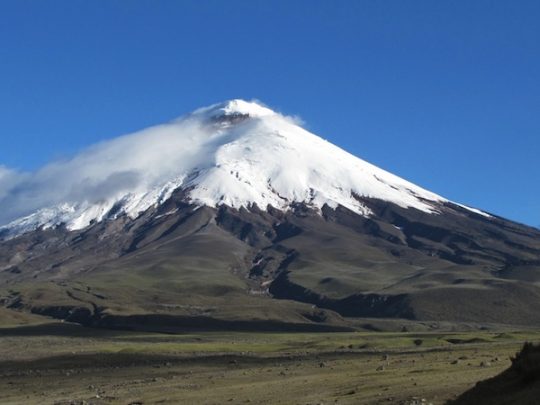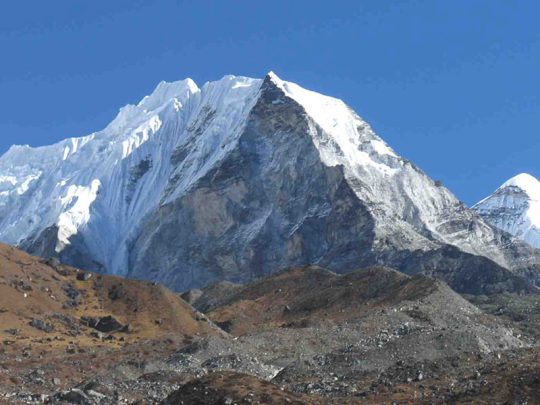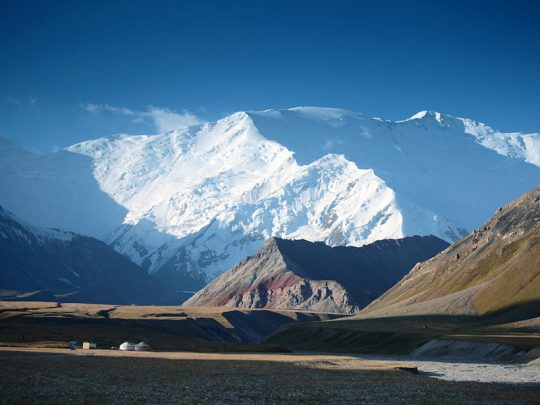- Guides
- B2B
-
Climbs
-
Climb Elbrus
- Elbrus individually
- Elbrus from the South, 9 days
- Elbrus from the South, 7 days
- Elbrus from the South in 1 day
- Elbrus from the North
- Elbrus Two Summits
- Elbrus Traverse South to North
- Elbrus Traverse North to South
- Elbrus "Cross" from South
- Elbrus "Cross" from North
- Kazbek+Elbrus
- Elbrus from the West
- Elbrus by helicopter
- Elbrus holidays, 9 days
- Elbrus holidays, 7 days
- Tinder Tour: Climbing Mount Elbrus
- Climb Elbrus from the South, 9 days with Sergey Baranov
- Under 5000 m
- 5000+ meters
- 6000+ meters
- 7000+ meters
- 8000+ meters
-
Climb Elbrus
-
Trekking
-
See 8000m
- K2 base camp
- Everest base camp
- Everest base camp via Gokyo
- Everest base camp in a week
- Annapurna circuit
- Trekking the Manaslu Circuit
- Trekking to Kanchenjunga Base Camp
- Trekking to Kanchenjunga Base Camp (Short)
- Trekking to Kanchenjunga Base Camp (India)
- Trekking to Makalu Base Camp
- Trekking to Annapurna BC
- South America
- Asia
- Africa
- Russia
- Europe
-
See 8000m
-
Adventures
-
Africa
- Tour to Morocco for New Year
- Morocco: Toubkal and the mysteries of the Sahara
- Tour to Eritrea: Dahlak Archipelago and Rashaida Nomads
- Tour to Rwanda: Mountain Gorillas and Mount Bisoke
- Ethiopia
- Tour to Uganda: Queen Elizabeth National Park and Mountain Gorillas
- Safari Tanzania
- Safari Uganda
- Tour to Zimbabwe and South Africa: Victoria Falls, Cape Town, and Cape of Good Hope
- Namibia
- Safari Kenya
- Tour to Botswana: Okavango Delta and Chobe National Park
- South America
- Asia
-
Africa
- Ski-touring
- VIP
- Useful
- About
Climb Aconcagua + Ojos Del Salado

- Height (m)
- 6893, 6957
- Duration
- 22 days
- Difficulty
- Moderate
- Continent
- South America
- Children
- From 14 years old
- Accomodation
- There are tents
5300 $
Why to go with us?
Temporarily unavailable
In 2016/2017 season we combined expeditions so that you can acclimate by climbing Aconcagua (14 days program) and then climb the Ojos del Salado or take a full program of Ojos del Salado ascent (17 days), expanding it with "Blitz" ascent to Aconcagua.
Climbing the two highest peaks of South America: Aconcagua and Ojos del Salado. A successful logistics combination makes it possible not to spend time to acclimatize for the second mountain and get two "almost seventhousanders" in three weeks instead of one. Excellent for acclimatization to the spring eightthousander.
About the tour
The combined ascent of Aconcagua and the Ojos del Salado will prepare you gently for the real seven thousand metre climb. There’s no cracked ice and 30 degree temperatures, but the conditions are far from hot. South America is famous for its winds and temperatures can be quite low. However, the ease and speed of the ascent, together with the much simpler equipment, allows almost anyone with previous mountaineering experience to reach the summit, unlike, for example, the Snow Leopard program, where physical fitness alone is not enough.
In general, we prefer to acclimatise on Aconcagua, although it is slightly higher than Ojos del Salado. This is due to the logistical peculiarities of both peaks. In terms of time, it is much easier to get to the Ojos than to Aconcagua, there is no long trek, there is no need to adapt to the schedule of the mules, there is no need to be examined by a doctor at the base camp, taking into account the percentage of oxygen, and many other problems. The views from the Ojos del Salado are breathtaking, but the wind is stronger and it’s completely deserted, which affects the psychological state of the participants during a long stay.
Program for the combined ascent of Aconcagua and Ojos del Salado.
Day 1. Arrival in Mendoza. Obtaining the permit to climb Aconcagua. Important! On Saturdays the permit office is only open until noon! Transfer to Penitentes (2700m). Sending of the main mules to the base camp. Dinner and instructing the group. Overnight at the hotel.
Day 2. Transfer to the entrance of the National Park (Laguna Horcones) and continue to the confluence (3300m, 2-3 hours). Setting up the camp. Light acclimatisation after lunch.
Day 3. Early acclimatisation radial access to the Plaza de Francia (4200m), with views of the South Wall (2700m). 4-5 hours. Return to camp.
Day 4. Long jump (8-9 hours) to the main base camp Plaza de Mulas (4350m). The path follows the wide valley of Playa Ancha. Setting up the camp.
Day 5. The transition from Plaza de Mulas Camp-1 (Plaza Canada, 5000m) or higher (5300m camp). Descent to the base camp.
Day 6. Rest day at Plaza de Mulas (4350m).
Day 7. Climb from Plaza de Mulas (4350m) to Camp 1 (Plaza Canada, 5000m).
Day 8. Climb from Plaza Canada to Nido de Condores (5600m).
Day 9. Climb from Nido de Condores (5600m) to Camp 3 (Cholera, 6000m).
Day 10. Ascent to the summit of Aconcagua (6957m), descent to Camp 3 (6000m).
Day 11. Reserve day in case of bad weather.
Day 12. Reserve day in case of bad weather.
Day 13. Reserve day in case of bad weather.
Day 14. Descent to the Plaza de Mulas base camp. Crossing from the base camp to the Laguna de Horcones. Transfer to Santiago. Relaxation and farewell dinner.
Day 15. Transfer to the airport. Arrival in Copiapo. Meeting at the airport and transfer to the hotel. Purchase of products for the ascent and preparation of the necessary documents. Walk around the city for those who wish. Night at the hotel.
Day 16. Final preparations for the ascent. Transfer by jeep to the Atacama camp (5260m).
Day 17. Transfer to the Tehos camp at 5800m. Early dinner and overnight in shelter or tents.
Day 18. Early wake up at 4am, breakfast. Start of ascent. Typically, it takes 10-11 hours to reach the summit. Climb to Ojos del Salado (6893m). Descent to the Atacama refuge at 5260m. Possible relocation to a refuge at 4500m. Dinner and rest in a comfortable refuge.
Day 19. Reserve a day.
Day 20. Reserve a day.
Day 21. Transfer to Copiapo (6-7 hours). Overnight at the hotel.
Day 22. Transfer to the airport. Flight to Santiago.
The price to climb Aconcagua and Ojos del Salado includes:
- English speaking guide throughout the program.
- Mountain guides. One for every 3 people on the summit day.
- Transfer airport-hotel-airport.
- Hotel in Mendoza, 1 night. Double room + breakfast.
- Assistance in obtaining the necessary permits.
- Transfer Mendoza-Puento del Inca.
- Transfer Puente del Inca-Santiago.
- Hotel in Puente del Inca + breakfast.
- Mules for equipment and food from Puente del Inca (Los Puquios) to Plaza de Mulas and back. Personal luggage up to 20 kg.
- Two nights full board in Confluence.
- The base camp in Plaza de Mulas (3 nights).
- Food and fuel for the upper camps.
- Flight Santiago – Copiapo – Santiago.
- All transfers in Chile.
- All accommodation in Chile, according to the program.
- Meals in Chile according to the program, breakfast only in the cities.
- First aid kit.
The cost of Aconcagua ascent doesn’t include:
- International flights.
- Climbing permit.
- Porters.
- Personal equipment.
- Additional costs due to deviations from the program.
- Medical insurance and accident evacuation costs.
- Personal expenses (drinks, internet, phone calls, etc.)
- Any costs caused by the changing of the programs
Equipment for climbing Aconcagua and Ojos del Salado.
Скачать PDFDocuments:
- Valid passport.
- Air tickets.
- Medical insurance.
Personal equipment:
- Backpack. 50-60l.
- Sleeping bag, comfort temperature from -25C to -15C.
- Sleeping mattress.
- Trekking poles.
- Crampons, can be aluminium.
- Ice axe. Classic, on self-insurance. Can be lightweight or combined with a ski pole.
- Helmet.
- Harness.
- Carabiners, 3 pieces.
- Cup-Spoon-Bowl.
Clothes and footwear:
- Mountaineering Double or triple boots. Double: plastic or leather. For plastics, we recommend Scarpa Vega – they seem to be the warmest of the double boots.
- Trainers or trekking boots. Ideally both. Sneakers for the base camp trail, light boots for the acclimatisation exit and base camp. You can also just have trainers.
- Waterproof layer – jacket + trousers. The industry offers a wide range of products, from simple 5000/5000 membranes to Gore-Tex products.
- Fleece suit.
- Thermal underwear layer – top and bottom.
- Thick and warm down coat.
- Thick gloves.
- Thin gloves.
- Bandana (in addition to protecting you from the sun in the valley, can be used to warm your neck or face in the cold).
- A cap.
- Warm trekking socks for the day of the climb.
Miscellaneous:
- LED Headlamp.
- Sunglasses.
- Ski Goggles.
- Thermos – 1L. Preferably without a button on the lid.
- Windproof mask for the lower part of the face (can be partially replaced by a scarf).
- Gaiters.
- Sun block and lip balm.
- Chemical heaters (not essential, but can be very useful).
- Personal first aid kit.
- Elastic bandage and/or support bandage.
You may also like
-
 3,900 $
3,900 $Climb Chimborazo and Cotopaxi
- Height (m)
- 5897, 6384
- Duration
- 11 days
- Difficulty
- Moderate
- Continent
- South America
- Children
- From 14 years old
- Accomodation
- Hotels only
-
 3,129 $
3,129 $Climb Island peak
-
 3,200 $
3,200 $Climb Lenin peak